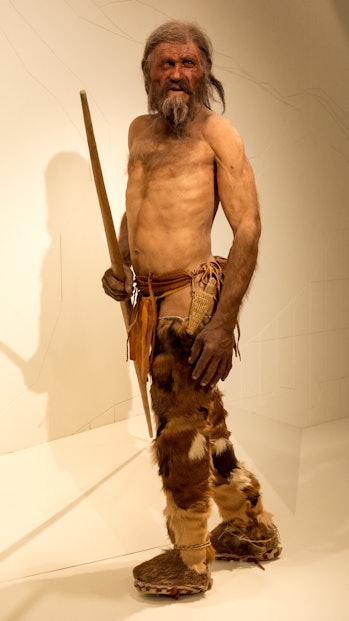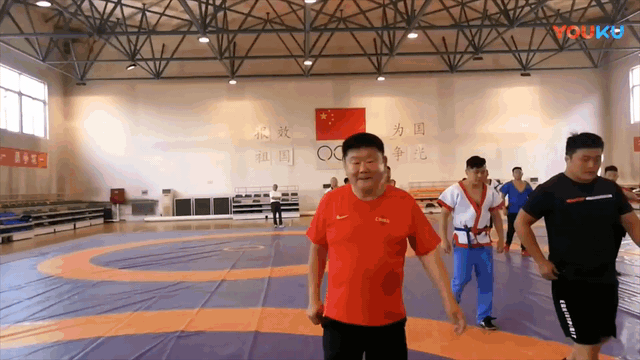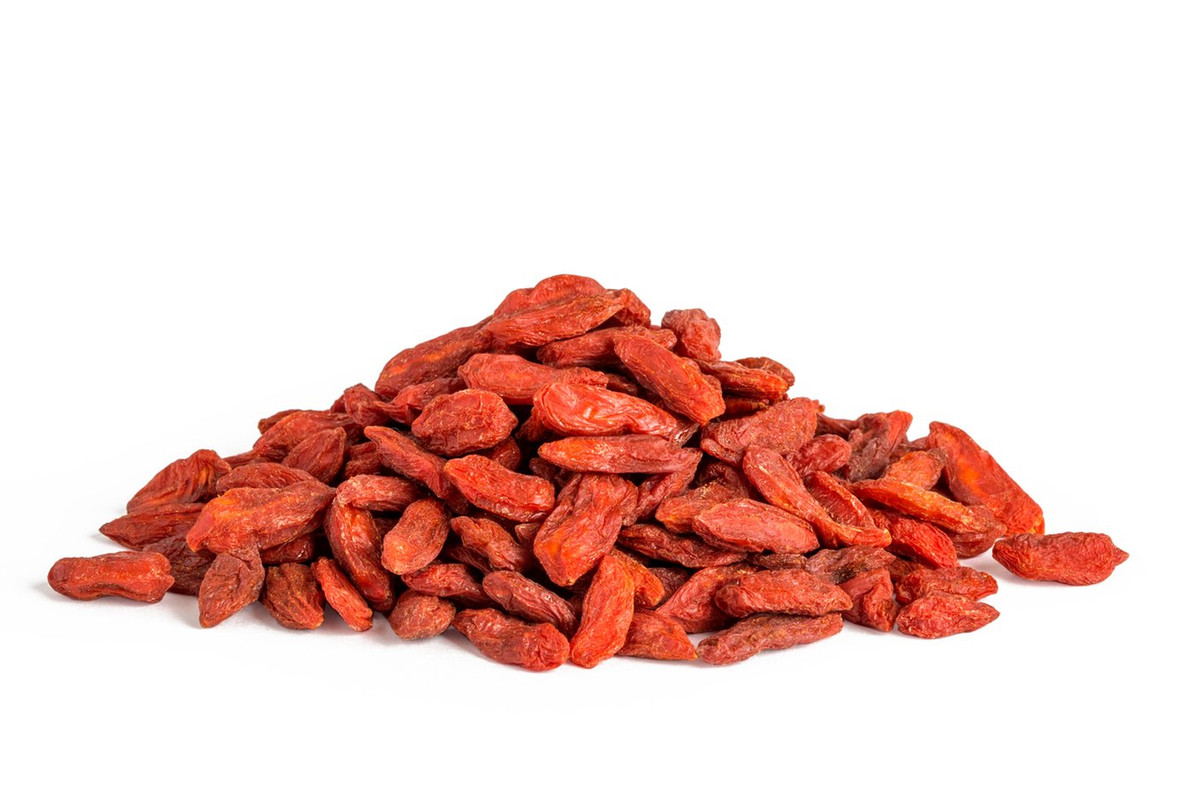See this is where my understanding of history and that Paleolithic diet doesn't match. So let's get a reality. Check.
This is supposed to be a Paleolithic Man who some how knows about proper diet and inflammatory chemicals. I'm just saying. That dude in the picture probably didn't care all about this diet stuff that you just mention. My guess is that he ate whatever he could when he could find it. Probably not picky. I mean homeless people who live out the street aren't picky. His physical build is simply from the fact that he had to do everything by hand. Lift, push, pull, build, what you see is what he did it with. Talk about getting steps in. This dude probably walked everywhere. You know what he probably didn't care about? Refined sugar (which wasn't invented) but If I go back in time and hand him a candy bar or a doughnut. I bet you'll he'll eat it. So when people say how great his diet was. My response is. Go out in the middle of the Jungle or on the African plains, with some shorts, no food, no water, and a stick. And you'll get to experience a true Paleolithic diet. You know what else you'll experience. Real hunger. The type of hunger that will make you pick up a grub or worm off the ground and eat it raw, because you don't know when you'll find your next meal. The last thing you are going to think about is how sugar affects your body.

Now lets take a look at how long people lived back then.
"The Stone Age began about 2.5 million years ago, when inventive proto-humans first began to make stone tools. The bulk of it, and by far the longest period (so far) in human history, is known as the Paleolithic Period or Old Stone Age.
People who experienced it were lucky to live beyond their twenties, and they ate whatever they could get their hands on, which meant – depending on who and where you were – anything from grubs to nettles to armadillos." source:
Prehistoric Dining: The Real Paleo Diet
"It all sounds thinning and healthy—the sort of meal plan a lot of us make unlikely resolutions about after the second glass of champagne on New Year’s Eve.
The problem, though, is that the modern paleo diet is not what Paleolithic people—the real-life originals of Fred and Wilma—actually ate."
Source:
Prehistoric Dining: The Real Paleo Diet
Wow. So national Geographic says that the modern paleo diet is not what Paleolithic people actually ate. I'm not surprise. Not sure if you have ever been camping in the woods, but do you know how difficult it is to find Nuts that are edible? I went camping in the Blue Ridge mountain for 4 days. Did not come across one tree with nuts or berries. My guess is those things don't grow on trees year round so depending on what the season is, you don't get those things. Lots of leaves though provided that you don't eat one that is toxic.
So what did they eat? Here's some of what they ate.
"Ancient tomatoes were the size of berries; potatoes were no bigger than peanuts. Corn was a wild grass, its tooth-cracking kernels borne in clusters as small as pencil erasers. Cucumbers were spiny as sea urchins; lettuce was bitter and prickly. Peas were so starchy and unpalatable that, before eating, they had to be roasted like chestnuts and peeled. The sole available cabbage—the great-great-granddaddy of today’s kale, kohlrabi, broccoli, Brussels sprouts, and cauliflower—was sea kale, a tough and tongue-curling leafy weed that grew along the temperate sea coasts. Carrots were scrawny. Beans were naturally laced with cyanide."
Source:
https://www.nationalgeographic.com/culture/food/the-plate/2014/04/22/prehistoric-dining-the-real-paleo-diet/#close
So when people talk Paleolithic diet. I'm like hell naw I pass. Thanks, but no thanks. Probably why they rarely lived beyond their 20's that plus, lack of medicine to fight off infections, bad drinking water, disease, and animals that would pick them off during the night as they sleep, and eating toxic food.





